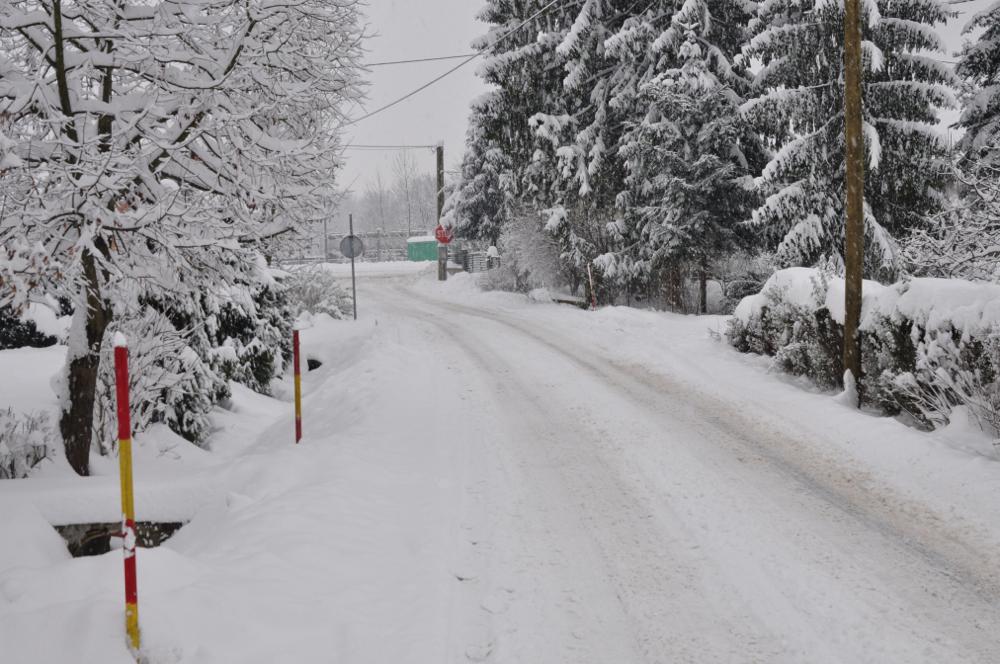
On February 13, 1952, snow began to fall on Slovenia and didn’t let up for three days. It caused widespread chaos that has become a part of Slovenian weather history.
It all began when a blast of cold Arctic air formed an area of low pressure in the Mediterranean. In Slovenia, the warm Adriatic and the cold continental air masses came together, blanketing the entire country with snow. Ljubljana received about a meter and a half (about five feet) of snow, while the highlands received about two meters (six and a half feet), with even higher snowdrifts.
The snow disrupted telephone links and transportation around the country. Train and bus lines came to a standstill. Not even the ever-reliable Orient Express could make it to the Slovenian capital. In the steel mill town of Jesenice, factory workers were called in to remove snow from railroad tracks and roads.
In Ljubljana, even urban public transport was disrupted, with the city’s trolleys ceasing all operations. Crews used horse-drawn plows to make some of the major roads passable, but they soon began running out of places to dispose of the snow. The heavy layer of snow caused several roofs - and, some cases, entire buildings - to collapse. Some people slept in basements, fearing that their roofs would give way. Many snowdrifts were so high that residents could only exit their homes from the rooftops. In many parts of the town, people could get around only by using makeshift tunnels dug in the snow.
When the severity of the situation became apparent, local authorities called for a mobilization of the military forces stationed in Slovenia. But when President Tito was finally able to call to Ljubljana, he angrily informed them that only he was authorized to order a mobilization. Still, the military was able to clear some of the major railway links; it also organized areal drops of supplies to mountain villages that had been cut off from the world. Some residents of those villages had tried to make their way to larger towns, but several were killed by avalanches. An avalanche claimed ten lives in a single village in northwestern Slovenia. In the end, it took the arrival of warmer weather to melt the snow and return a sense of normalcy to Slovenia.
While the winter of 1952 was unusual, and has not been surpassed since, the ice storm that paralyzed much of the country in early 2014 reminded Slovenians that they live in an area frequently affected by extreme weather – and that wintertime is no exception when it comes to severe storms.

































































